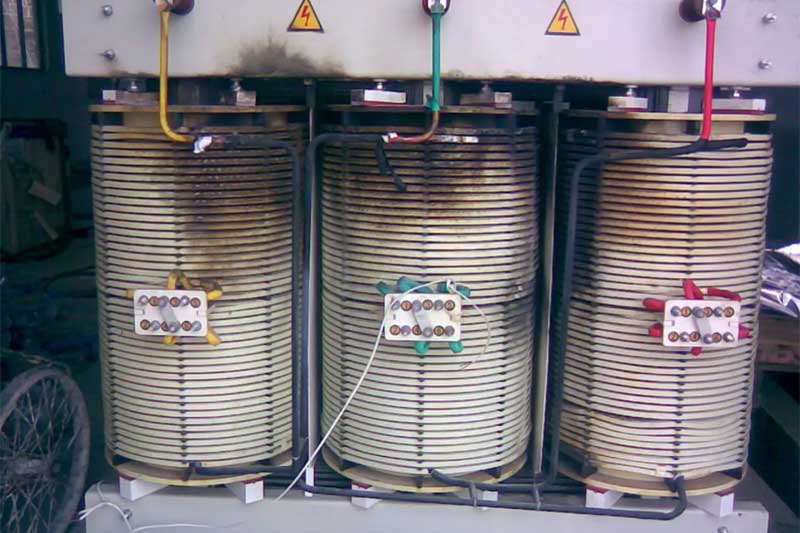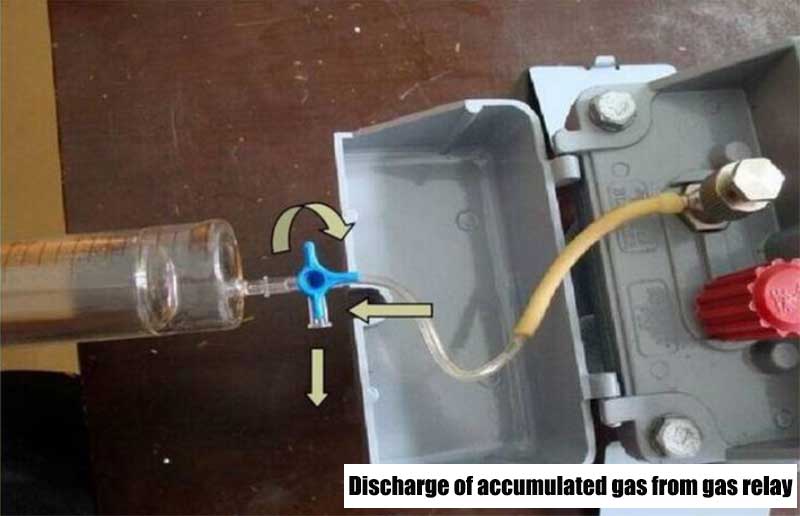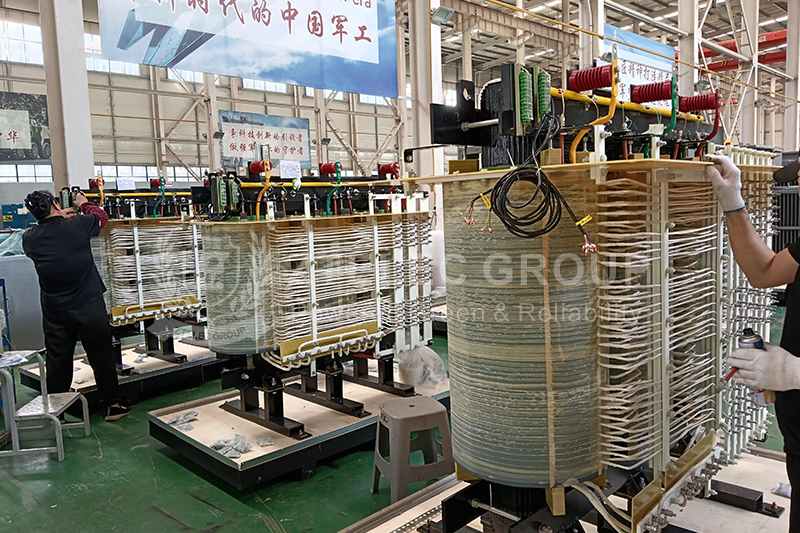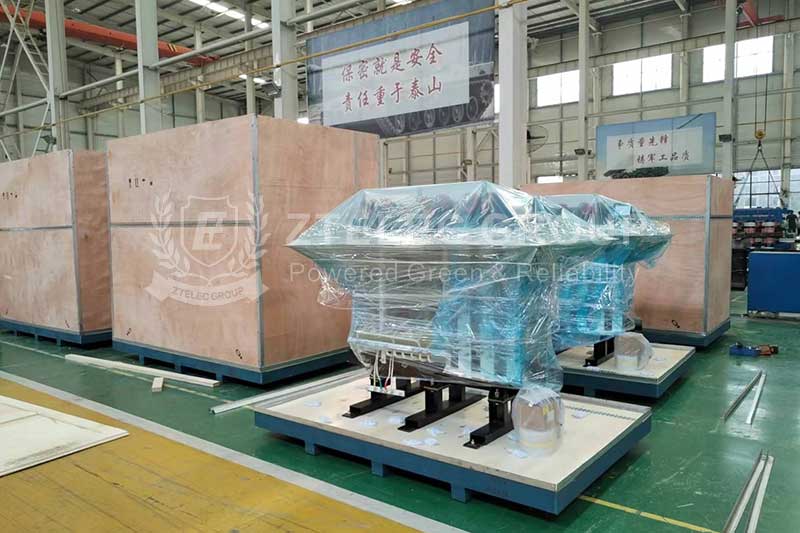Transformer relay protection
2023-01-09 10:23 | By: ZTELEC-www.ztelecgroup.com | 96click
The transformer is a static device in continuous operation, which is relatively reliable in operation and has less chance of failure. However, since most of the transformers are installed outdoors, and are affected by the load during operation and the short-circuit fault of the power system, various faults and abnormal situations inevitably occur during operation.
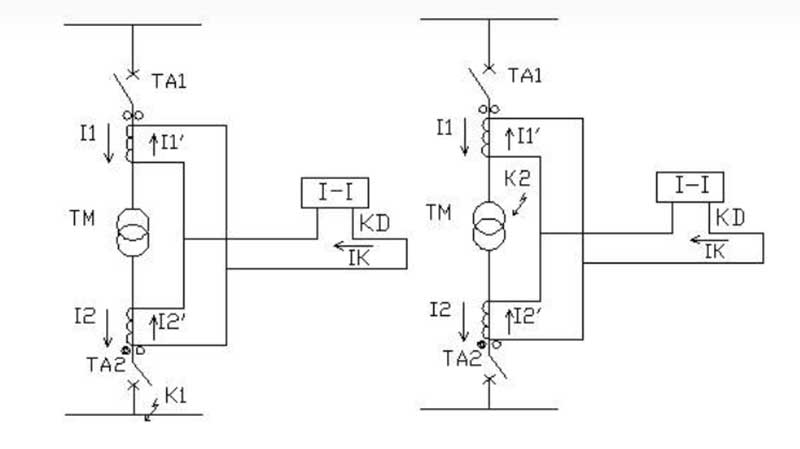
1. Common faults and abnormal transformer faults can be divided into internal faults and external faults.
Internal faults refer to the faults that occur inside the case, including phase-to-phase short-circuit faults of windings, inter-turn short-circuit faults of one-phase windings, short-circuit faults between windings and iron cores, and disconnection faults of windings.
External faults refer to various phase-to-phase short-circuit faults between the external lead wires of the transformer, and single-phase ground faults that occur when the insulating bushing of the lead wires flashes through the box shell.
The failure of the transformer is very harmful, especially when an internal fault occurs, the high-temperature arc generated by the short-circuit current will not only burn out the insulation and iron core of the transformer winding, but also cause the transformer oil to decompose and produce a large amount of gas, causing deformation or even explosion of the transformer shell . Therefore, it must be cut off when the transformer fails. The abnormal conditions of the transformer mainly include overload, lower oil level, overcurrent caused by external short circuit, high oil temperature of the transformer in operation, high winding temperature, high transformer pressure, and cooling system failure. When the transformer is in an abnormal operating state, an alarm signal should be given.
2. Transformer protection configuration Main protection for short-circuit faults: mainly longitudinal differential protection, heavy gas protection, etc.
Backup protection for short-circuit faults: mainly composite voltage blocking over-current protection, zero-sequence (direction) over-current protection, low-impedance protection, etc.
Abnormal operation protection: mainly includes overload protection, over-excitation protection, light gas protection, neutral point gap protection, temperature oil level and cooling system failure protection, etc.
3. Non-electricity protection Transformer protection that uses non-electrical quantities such as oil, gas, and temperature of the transformer is called non-electricity protection.
Mainly include gas protection, pressure protection, temperature protection, oil level protection and cooler full stop protection. Non-electricity protection acts on tripping or sending out signals according to site needs.
(1) Gas protection When a fault occurs inside the transformer, a large amount of gas will be generated inside the transformer due to the short-circuit current and the arc at the short-circuit point, and the oil flow speed of the transformer will be accelerated. The protection realized by using gas and oil flow is called gas protection.
Light gas protection: When a slight fault or abnormality occurs inside the transformer, the fault point is partially overheated, causing part of the oil to expand, the gas in the oil forms bubbles and enters the gas relay, and the light gas protection operates to send out a light gas signal.
Heavy gas protection: When a serious fault occurs in the transformer oil tank, the fault current is large, and the arc causes a large amount of transformer oil to decompose, generating a large amount of gas and oil flow. The impact baffle makes the heavy gas relay protection act, sends out a heavy gas signal and trips the outlet. Remove the transformer. The heavy gas protection is the main protection for internal faults of the oil tank, and it can reflect various faults inside the transformer. When a small number of inter-turn short circuits occur in the transformer, although the fault current is large, the differential current generated in the differential protection may not be large, and the differential protection may refuse to operate. Therefore, for the internal fault of the transformer, it is necessary to rely on heavy gas protection to remove the fault.
(2) Pressure protection Pressure protection is also the main protection for internal faults in the transformer oil tank. Contains pressure release and pressure sudden change protection, used to reflect the pressure of transformer oil.
(3) Temperature and oil level protection When the temperature of the transformer rises to the warning value, the temperature protection will send out an alarm signal and start the standby cooler. When the transformer oil leaks or the oil level drops due to other reasons, the oil level protection will act and send out an alarm signal.
(4) Cooler full stop protection When the transformer cooler in operation is fully stopped, the temperature of the transformer will rise, and if it is not handled in time, it may cause damage to the insulation of the transformer winding. Therefore, when the cooler is completely stopped during the operation of the transformer, the protection sends out an alarm signal and cuts off the transformer after a long delay.
4. Differential protection is the main protection of the electrical quantity of the transformer, and its protection range is the part surrounded by the current transformers on each side.
When faults such as phase-to-phase short-circuit and inter-turn short-circuit of the winding occur within this range, the differential protection must operate. Here is a brief addition to some concepts about inrush current.
(1) Excitation inrush current of transformer The excitation current generated when the transformer is airdropped is called excitation inrush current. The magnitude of the inrush current is related to the structure of the transformer, closing angle, capacity, residual magnetism before closing and other factors. The measurement shows that when the transformer is air-dropped, the excitation inrush current due to the saturation of the iron core is very large, usually 2 to 6 times the rated current, and the maximum can be more than 8 times. Since the excitation inrush current only flows into the transformer on the charging side, a large differential current will be generated in the differential circuit, resulting in a malfunction of the differential protection.
The excitation inrush current has the following characteristics: a. The value of the inrush current is very large and contains obvious non-periodic components; b. The waveform is pointed and intermittent; c. It contains obvious high-order harmonic components, especially the second harmonic component. Obviously; d, the excitation inrush current is attenuated.
According to the above characteristics of the inrush current, in order to prevent the maloperation of the transformer differential protection caused by the inrush current, three principles are used in the project: high second harmonic content, asymmetric waveform, and large waveform discontinuity angle to realize the blocking of differential protection.
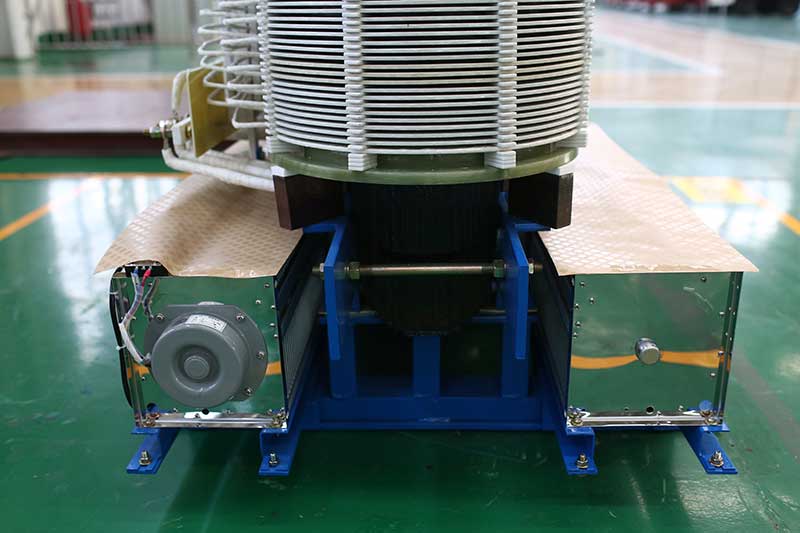
(2) The principle of second harmonic braking The essence of second harmonic braking is to use the second harmonic component in the differential current to judge whether the differential current is a fault current or an exciting inrush current. When the percentage of the second harmonic component and the fundamental wave component is greater than a certain value (usually 20%), it is judged that the differential current is caused by the excitation inrush current, and the differential protection is blocked. Therefore, the larger the second harmonic braking ratio is, the more the second harmonic current contained in the fundamental wave is allowed, and the braking effect will be worse.
(3) Differential quick-break protection When a serious fault occurs inside the transformer and the fault current is large and the CT is saturated, the secondary current of the CT also contains a large number of harmonic components. According to the above description, this is likely to be caused by the second harmonic Wave braking causes differential protection to be blocked or delayed. This will severely damage the transformer. In order to solve this problem, differential quick-break protection is usually set. The differential quick-break element is actually a high-value differential element for longitudinal differential protection. Different from general differential elements, it reflects the effective value of differential current. Regardless of the waveform of the differential current and the magnitude of the harmonic component, as long as the effective value of the differential current exceeds the setting value of the differential instant break (usually higher than the setting value of the differential protection), it will immediately act to cut off the transformer.
tags:Price of a 1600kVA 10kV Cast Resin Dry-Type Transformer35kV dry-type transformer protection10kV oil-immersed transformer110 kV oil-immersed transformerOil-Immersed Transformer Maintenance
- more+releated article
- 2025-12-13How to Select and Use Phenolic Cloth-base Lami
- 2025-12-13How Much Does Bakelite Sheet Cost? 2025 Price
- 2025-12-13Why are most 3240 epoxy boards yellow?
- 2025-12-13What are the Main Applications of FR4 Epoxy Bo
- 2025-12-13Why Does the Price of Insulating Paperboard Va
- 2025-12-13Heat-Resistant DDP Insulation Paper
- 2025-12-13Comparison of Heat-Resistant DDP Insulating Pa
- 2025-12-13G10 and FR4 Epoxy Boards: Commonly Used for Ge
- 2025-12-13The Price of Heat-Resistant DDP Insulation Pap
- 2025-12-13How to Choose Epoxy Laminate Materials for Gen

